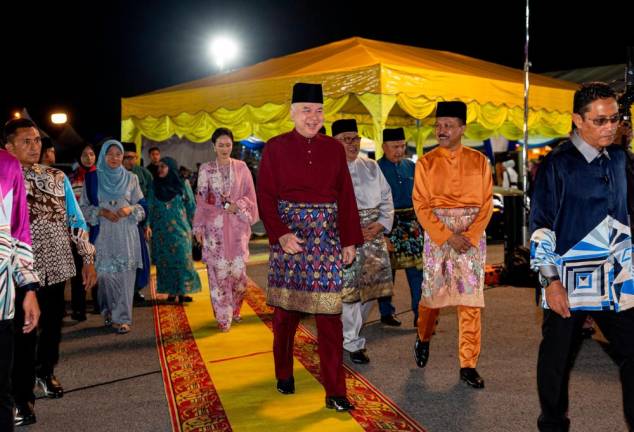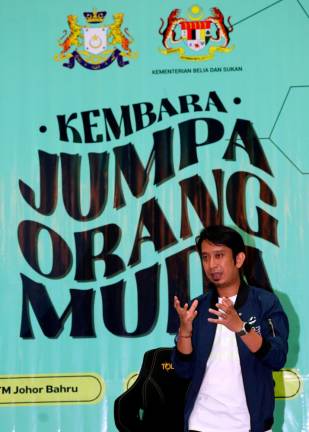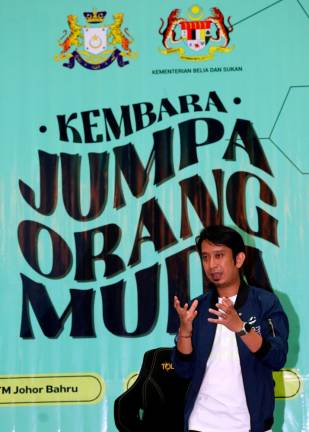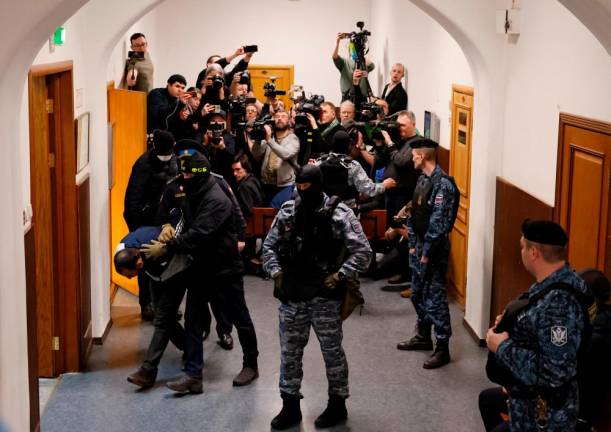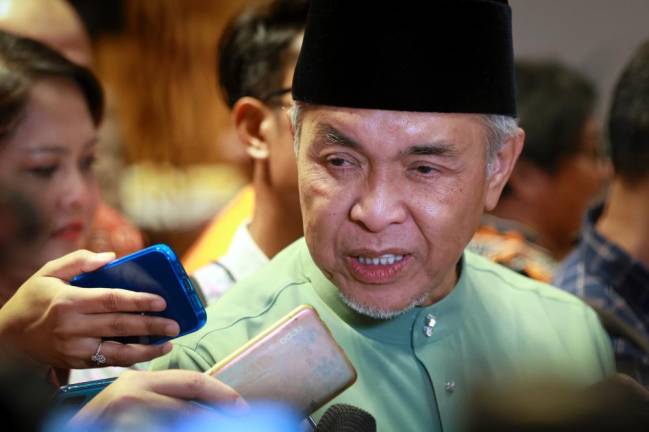I REFER to the article titled “Move to protect children in the digital realm” in theSun on Nov 21.
Child sexual abuse, incest, statutory rape or coercion into sex or sexual violence is a significant global problem in terms of magnitude and sequelae.
In today’s digital age, where online interactions and services are prevalent, children and youths often find themselves in precarious situations, ranging from abuse to abduction and even involvement in human trafficking.
The authorities and ministries must establish direct hotline contacts, allowing victims to easily and conveniently self-report the nature of their problems in detail.
All reported issues must be treated with confidentiality. The laws governing such matters must have the strength to punish offenders.
Meanwhile, victims should have access to capable professionals for legal guidance and support.
The delineation of responsibilities in managing reports should be evident, aligning with the specific roles of the welfare department, police and other relevant authorities involved in such cases to avoid confusion.
Personnel and staff need to be equipped with the appropriate skill-set to provide counselling and advice around the clock for these young individuals. Prompt responses can save young lives.
Given that today’s youngsters are growing up with computer skills, establishing a direct access hotline to a secure site for assistance and rescue is essential for their protection.
The 1989 United Nations Convention on the Rights of Children provides optimism for expediting reforms aimed at safeguarding children from various types of violence.
This convention guarantees protection for children against “all forms of physical and mental violence”, encompassing sexual exploitation and other types of harm.
We must create a secure platform for children to express any grievances they may have, utilising an effective online mechanism dedicated to child protection.





